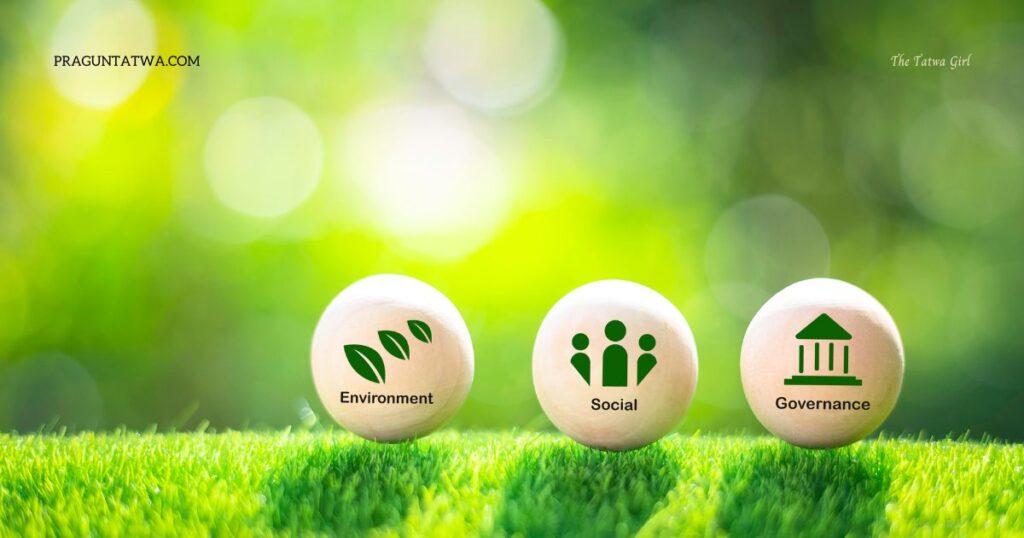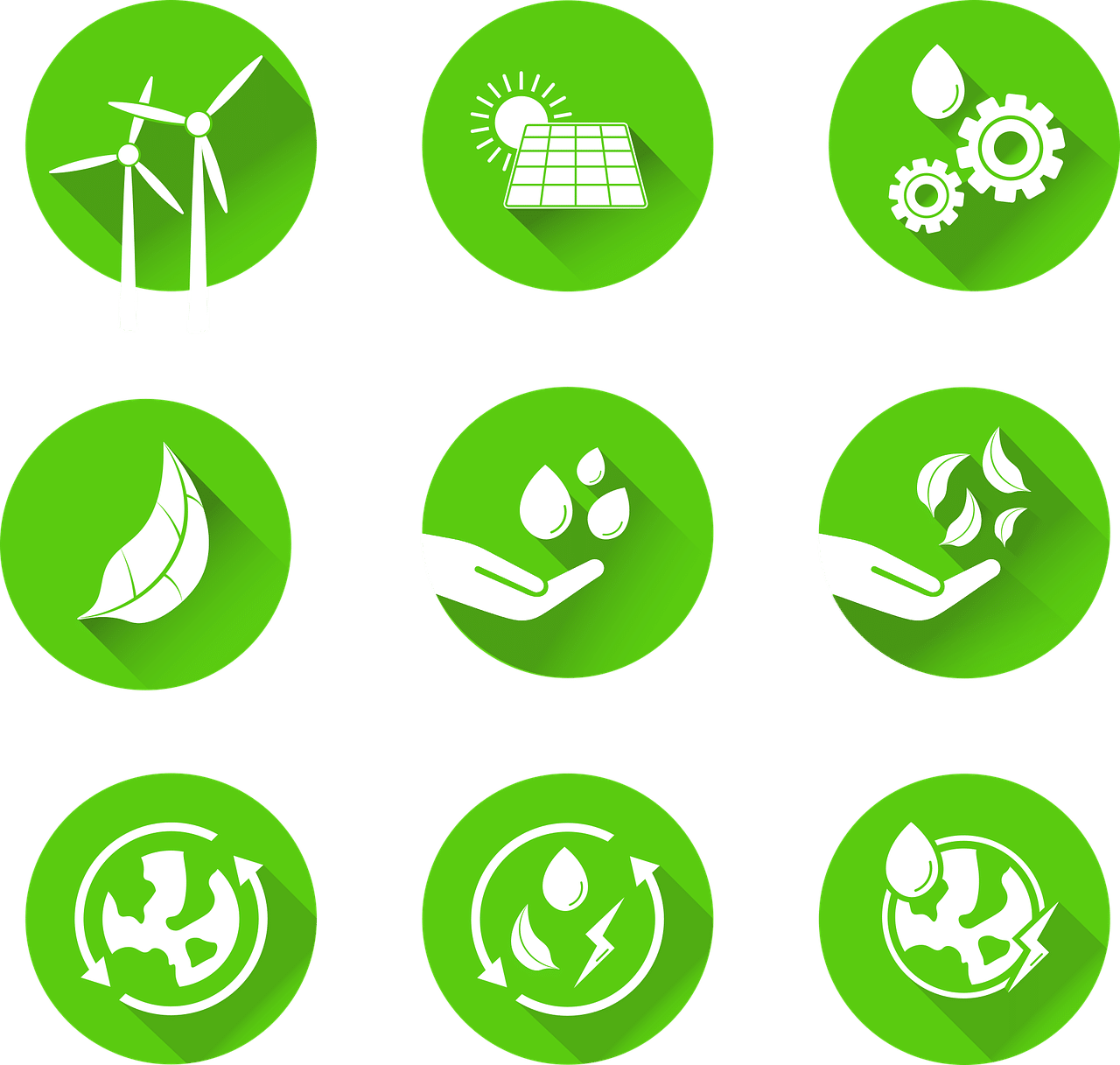Sustainability refers to the practice of meeting the needs of the present without compromising the ability of future generations to meet their own needs. It encompasses environmental, social, and economic dimensions and aims to create a balance between these aspects to ensure long-term well-being and harmony. Efforts are needed to introduce the concept of sustainability in schools and education systems, so our kids accept it as a daily habit and not a different task.
Introduction to the Concept of Sustainability
To introduce the concept of sustainability in schools, teachers need to know about the topic. Teachers can share information about environmentalism, environmental impacts, and environmental policies with students. The ideal time for introducing this concept is when students learn about Earth’s natural resources. This would make it easier for them to understand that their consumption habits have an impact on the planet. There are many ways to teach sustainability in schools, depending on what teachers want to teach or how they want their curriculum to be implemented. In addition, teachers can create interactive learning experiences that include activities such as academic debates and role-playing activities.
How to Introduce the Concept of Sustainability in Schools
There are many ways to introduce the concept of sustainability into schools. One strategy is through an in-class lesson with a video about the topic, followed by an activity about recycling. Another strategy is to have students watch Earth Day videos, or Environment Day activities, which can be found across the internet. A third strategy is to have students watch documentaries about sustainable living.
The important idea behind introducing sustainability into schools is that it should be an ongoing discussion and not just a one-time lesson. This would allow students to continue learning from this concept beyond their time in school as well as see how it affects their future decisions. This will increase their chances of becoming educated about sustainability and reducing their environmental impact in the future.
Achieving sustainability requires collective action from individuals, communities, businesses, governments, and international organizations. It involves making conscious choices and adopting practices that reduce our ecological footprint, promote social well-being, and ensure economic prosperity for present and future generations. Sustainable development goals, such as those outlined by the United Nations’ 2030 Agenda for Sustainable Development, provide a framework for global efforts to address sustainability challenges and create a more sustainable and equitable world.
Human Aspect of Sustainability
A study on global consumption found that the average American consumes more than twice as much as the average citizen of South Asia. This is not sustainable, and it is detrimental to the human aspect of sustainability.
The study also found that low-income countries are still consuming at a faster rate per capita than high-income countries. So, this begs the question: How can we integrate sustainability concepts into the school curriculum without leaving low-income countries behind? Being able to differentiate between what is important in life and what isn’t would be beneficial for students from low-income countries.
Social sustainability emphasizes social equity, justice, and inclusivity. It involves promoting human rights, ensuring access to basic necessities such as clean water, healthcare, education, and housing for all individuals, and creating communities that are safe, resilient, and offer equal opportunities for everyone.
Emotional Aspect of Sustainability
The idea of sustainability is often difficult to introduce in schools because it can be a scary topic. It is important to emphasize that sustainability is not just about recycling but also about preserving nature and our ecosystem. When introducing the concept of sustainability, make sure to use an emotional appeal. This way, students will understand that there are many benefits to being sustainable.
First, say that in order for humans to survive on this planet, we need to be resourceful and preserve the environment for future generations. Second, say that if humans don’t take care of their natural resources and continue with our destructive activities, we will have limited resources like food or water by the time they were needed. Third, talk about how unsustainable practices like pollution can cause harm to humans. For example, let’s say you’re doing your homework on a school computer and your teacher sends you a message saying hey don’t forget to turn off your printer when you’re done–do you want it plugged into the outlet or turned off? The answer should be “turned off” because it’s better for the environment than running an unnecessary load on the power grid which could potentially overload another outlet in town or create a blackout.
The environmental aspect of Sustainability
Many schools are beginning to incorporate the idea of sustainability into their education. The idea is that they need to teach children to be conscious of their environment and how they impact it. It’s important for students to learn how they can lessen the negative effects on the environment as well as learn how they can take care of it. The Canadian government has taken a step in this direction by proposing changes in the public school curriculum with respect to this issue so that it will become more relevant and presentable.
Environmental sustainability focuses on preserving and protecting natural resources, reducing pollution and waste, and mitigating the negative impacts of human activities on ecosystems and biodiversity. This includes efforts to combat climate change, conserve water and energy, promote renewable energy sources, protect forests and oceans, and adopt sustainable agriculture practices.
Profit aspect of the curriculum
We need to incorporate sustainability into the school curriculum because it is a necessary part of our children’s future. We know that an increased focus on health and wellness has been vital in driving improved academic outcomes, so why not incorporate that same focus on the environment?
Economic sustainability involves building a robust and resilient economy that supports long-term growth while minimizing negative impacts on the environment and society. It includes promoting responsible consumption and production patterns, supporting fair trade and ethical business practices, investing in renewable and clean technologies, and fostering innovation and entrepreneurship.

Key areas where individuals can adopt a sustainable lifestyle
A sustainable lifestyle refers to adopting practices and behaviors that minimize negative impacts on the environment, society, and economy. It involves making conscious choices in various aspects of daily life to reduce resource consumption, promote social well-being, and support a healthier planet. Here are some key areas where individuals can adopt a sustainable lifestyle:
- Energy conservation: Reduce energy consumption by using energy-efficient appliances, turning off lights and electronics when not in use, utilizing natural light and ventilation, and considering renewable energy sources like solar panels.
- Waste reduction: Practice the 3Rs: Reduce, Reuse, and Recycle. Minimize waste by avoiding single-use items, opting for reusable alternatives (such as water bottles, shopping bags, and coffee cups), and recycling materials whenever possible. Composting organic waste is another way to divert it from landfills.
- Sustainable transportation: Choose environmentally friendly modes of transportation such as walking, cycling, or using public transit whenever feasible. If owning a vehicle is necessary, consider carpooling, using hybrid or electric vehicles, or exploring car-sharing options.
- Sustainable diet: Adopt a more sustainable diet by reducing meat consumption and incorporating more plant-based foods into meals. Animal agriculture has a significant environmental impact, so choosing locally sourced, organic, and seasonal produce can also contribute to a sustainable food system.
- Water conservation: Conserve water by taking shorter showers, fixing leaks, collecting rainwater for garden use, and using water-efficient appliances and fixtures. Be mindful of water usage in daily activities such as washing dishes and doing laundry.
- Ethical shopping: Prioritize products that are ethically produced, sustainably sourced, and made from environmentally friendly materials. Support companies that adhere to fair trade practices, promote worker rights and minimize their ecological footprint.
- Conscious consumerism: Practice mindful consumption by evaluating needs versus wants before making purchases. Consider the durability, quality, and environmental impact of products, and opt for second-hand or refurbished items when possible. Reduce packaging waste by choosing products with minimal or recyclable packaging.
- Connection with nature: Foster a deeper connection with nature by spending time outdoors, supporting conservation efforts, and participating in local environmental initiatives. Appreciating and understanding the natural world can inspire sustainable behaviors and a sense of responsibility towards the environment.
- Education and awareness: Stay informed about sustainability issues and solutions through books, documentaries, online resources, and attending local events. Share knowledge and encourage others to adopt sustainable practices, promoting collective action for a greener future.
Remember, sustainable living is a journey, and even small changes can make a difference. Every action counts, towards building a more sustainable and resilient world.

Thank you for joining Prachi The Tatwa Girl. 🌿Read on various panchtatwa topics by #TheTatwaGirl.
Agni – The Fire Tatwa – Under this element, I write about food. Inspired by the energy and life force of this element, I share special recipes and culinary creations.
Vayu – The Air Tatwa – In this element, I write about things around us, the cultures and festivals being celebrated. Traditions followed and mythology and beliefs of a particular place.
Aakash – The Sky Tatwa – Here, I write about my travel experiences. Here, I describe the infinite skies and towering mountain peaks I encounter during my journeys.
Jal – The Water Tatwa – Here, I express my inner emotions, just like the flowing and ever-moving water. This is a reflection of the continuous flow of my thoughts.
Prithvi – The Earth Tatwa – In the earth element, I focus on environmental issues and eco-friendly lifestyle solutions. This includes ways to live in harmony with our planet. In today’s world, sustainable development has become a necessity. Don’t miss the Green Tatwa Talks podcast, and explore eco-friendly, sustainable living practices from awesome Green warriors I have interviewed, who work towards protecting the environment and bringing about positive change.
Subscribe on LinkedIn and get EcoFriendly with Prachi.
Follow The Tatwa Girl
Check PragunTatwa Feed
For more Eco-Friendly content visit my Instagram Feed.
Don’t forget to hug a tree and learn more about the Trees around you on Tree Talks.

Leave a Reply